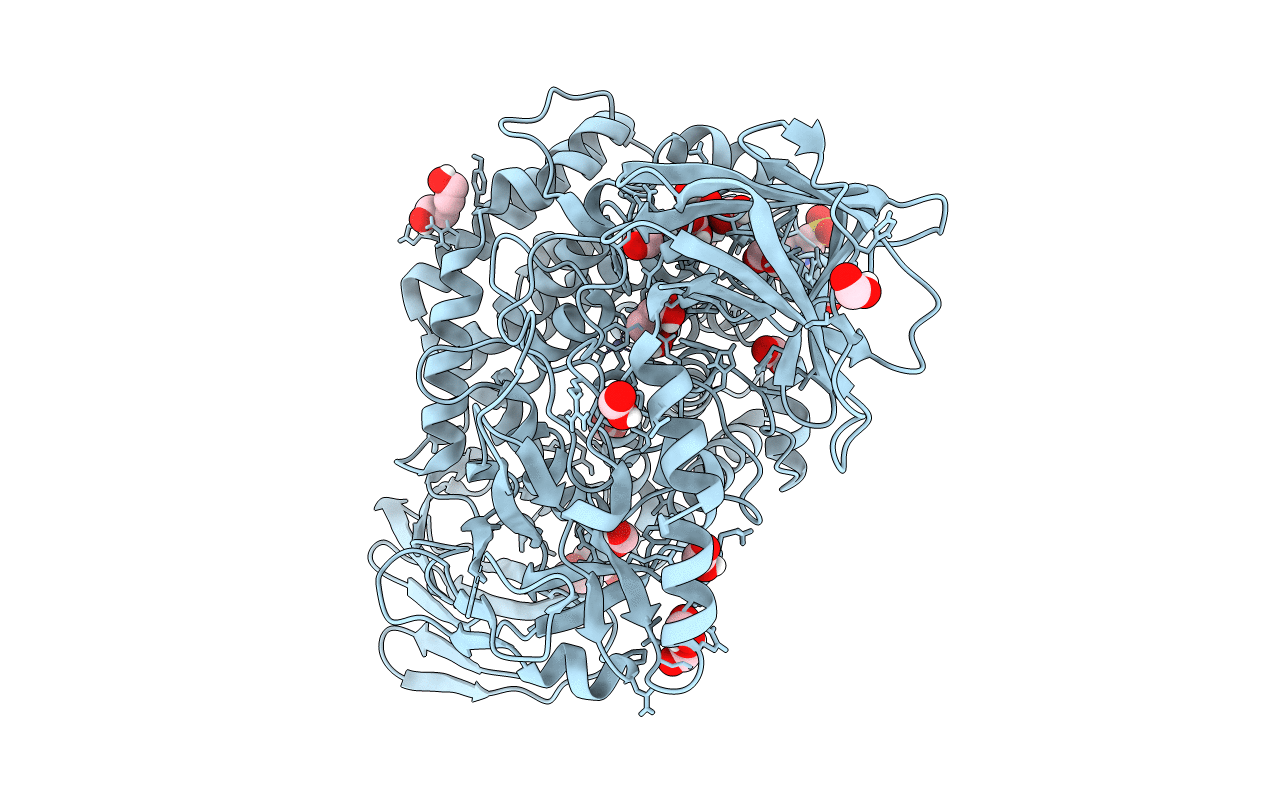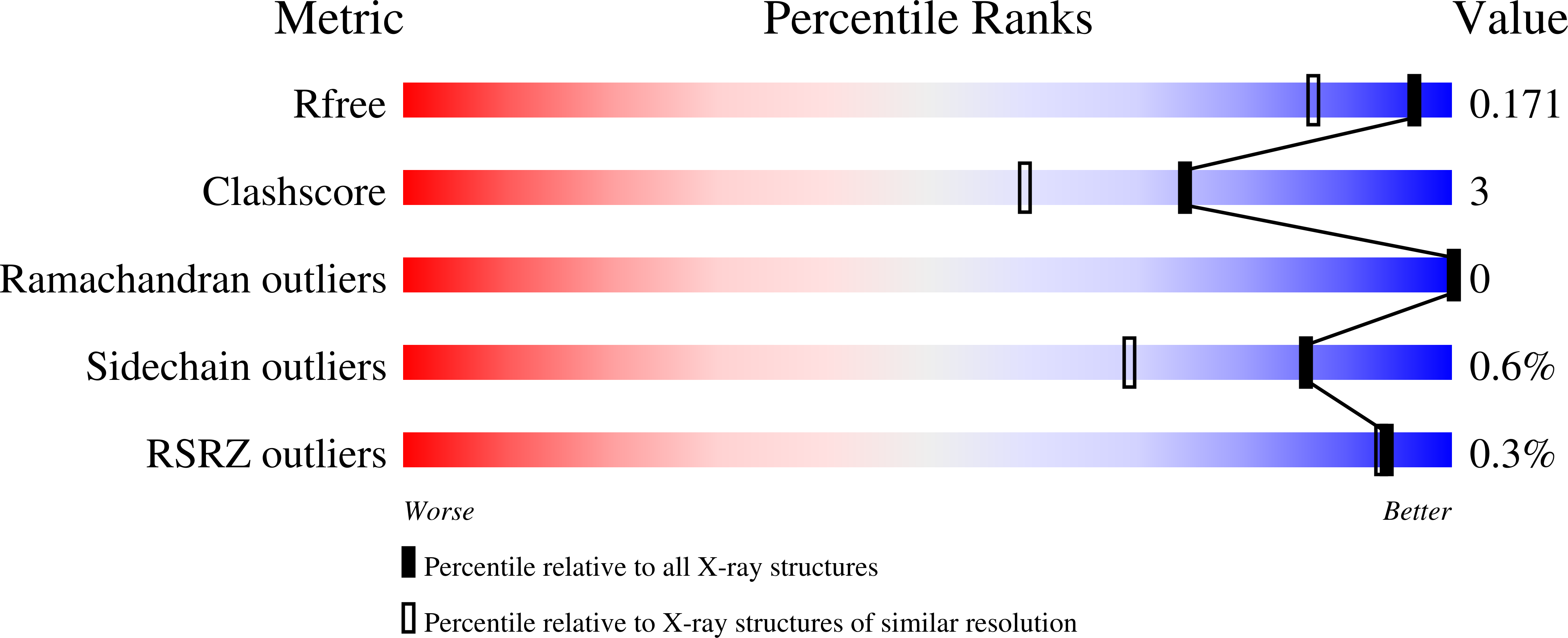
Deposition Date
2020-04-17
Release Date
2021-01-27
Last Version Date
2024-11-20
Entry Detail
PDB ID:
6YQH
Keywords:
Title:
GH146 beta-L-arabinofuranosidase bound to covalent inhibitor
Biological Source:
Source Organism:
Host Organism:
Method Details:
Experimental Method:
Resolution:
1.41 Å
R-Value Free:
0.17
R-Value Work:
0.12
Space Group:
P 43 21 2


